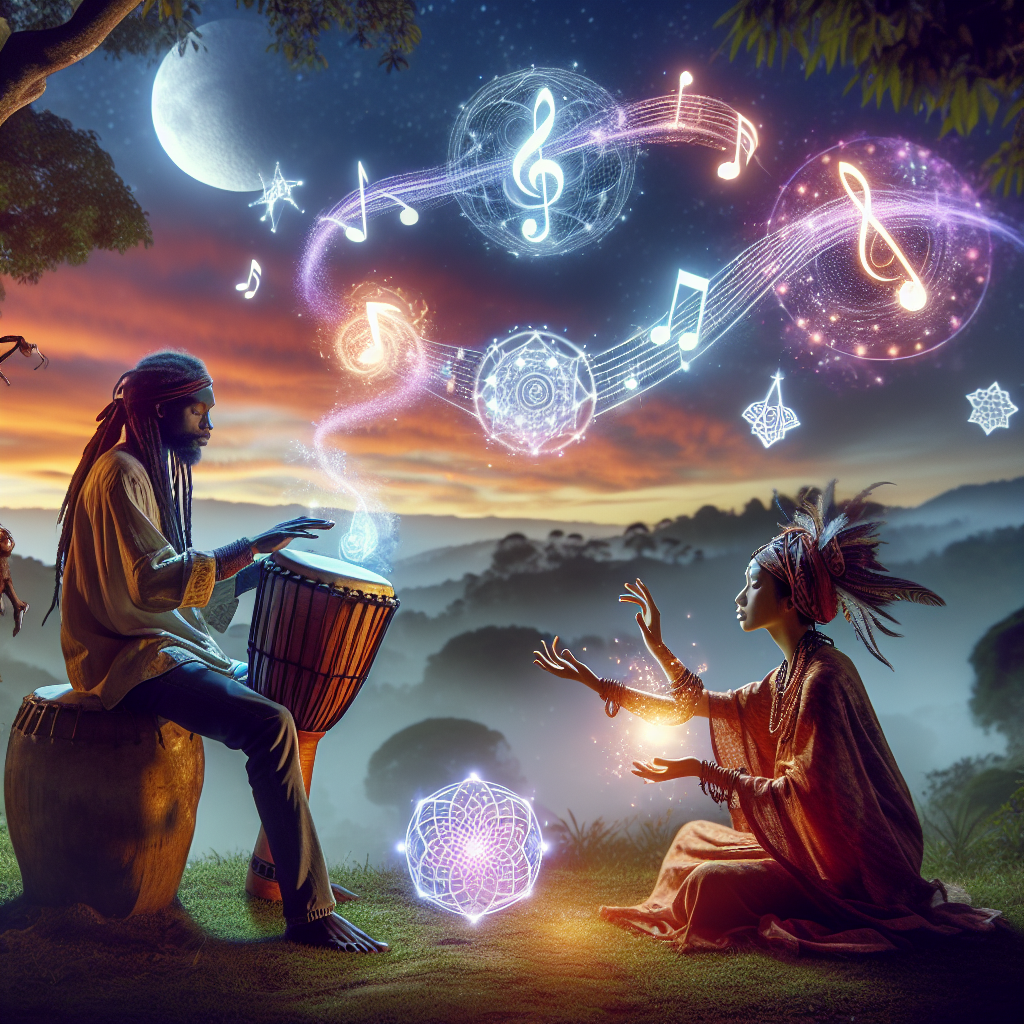The world of rhythm and blues (R&B) music is diverse, colorful and always changing. Today’s contemporary R&B sound is a fusion of various trends and styles from over the decades of its existence. One of the critical factors in the evolution of this genre has been the role of instrumentals. This article seeks to delve into the impact of instrumentals on the progression of R&B music.
Harmonicas, Guitars and Pianos
In the early days of R&B, the genre leaned heavily on acoustic instruments. Harmonicas, guitars, and pianos were the go-to devices for creating the soulful melodies and rhythm associated with the genre. The harmonica’s tone and ability to straddle the line between melancholy and the upbeat made it a perfect fit. Pianos provided a deeper, more significant layer of sound that could support the live vocals and add depth to the overall arrangement. Guitars, both electric and acoustic, helped give R&B its signature sound.
The Advent of Electronic Instrumentals
However, as technology advanced and electronic instruments grew more popular, they began shaping the way that R&B was perceived and produced. Keyboards, synthesizers, and drum machines introduced a new sound to the genre. These instruments created the opportunity for a broader range of tones and sound effects. They also provided room for experimentation, something that was embraced by R&B artists and producers.
Experimentation and Diversification
These electronic devices enabled R&B musicians to experiment with sound and diversify their music. They could now incorporate elements from other genres like funk, jazz, and later hip hop. The drum machine, for example, allowed producers to create precise and intricate rhythm patterns that served as the backbone for many iconic R&B tracks.
Impact on Song Structure and Content
The impact of instrumentals on the development of R&B doesn’t end at sound and texture. It extends further to the structure and content of the songs. With the advent of electronic instruments and digital software, artists had the flexibility to create more complex and layered song structures. This shift in instrumentals has also led to a change in the lyrical content of R&B music. Today’s R&B often addresses more widespread and diverse experiences.
Conclusion
Instrumentals have undeniably played a significant role in the evolution of R&B music. From the early days of harmonicas, pianos, and guitars, to the modern age of synthesizers, drum machines, and digital software, the metamorphosis of this genre has been largely driven by the change in instrumentation. These musical tools have not only helped shape the sound and texture of R&B but also its structure and content. They have provided artists with the means to experiment, diversify, and express more of their creativity. Undoubtedly, as technology continues to advance, the narrative of instrumentals in the sphere of R&B music will continue to unfold, shaping the future of the genre.
Frequently Asked Questions
1. How did the instrumentals contribute to the evolution of R&B music?
Instrumentals have played a significant role in defining the sound, texture, structure, and lyrical content of R&B music. They have allowed for experimentation and diversification, enabling artists to express more of their creativity.
2. What was the impact of electronic instrumentals on R&B music?
Electronic instrumentals introduced a new sound to the R&B genre. They created room for a broader range of tones and sound effects and allowed R&B musicians to experiment with their music.
3. How did the change in instrumentals affect the lyrical content of R&B music?
As the use of electronic instruments and digital software grew, the lyrical content of R&B music evolved to address more widespread and diverse experiences, thus widening the reach and appeal of the genre.
4. How did acoustic instruments contribute to the early development of R&B music?
In the early days, R&B leaned heavily on acoustic instruments like the harmonica, guitar, and piano. These instruments helped create the soulful melodies and rhythm that the genre was known for.
5. What future impacts can we expect from instrumentals on R&B music?
As technology continues to advance, we can expect further evolution in the sound, structure, and content of R&B music driven by the continued evolution of instrumentals.




